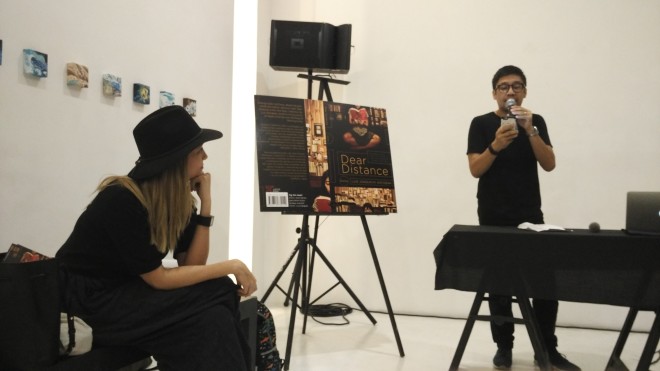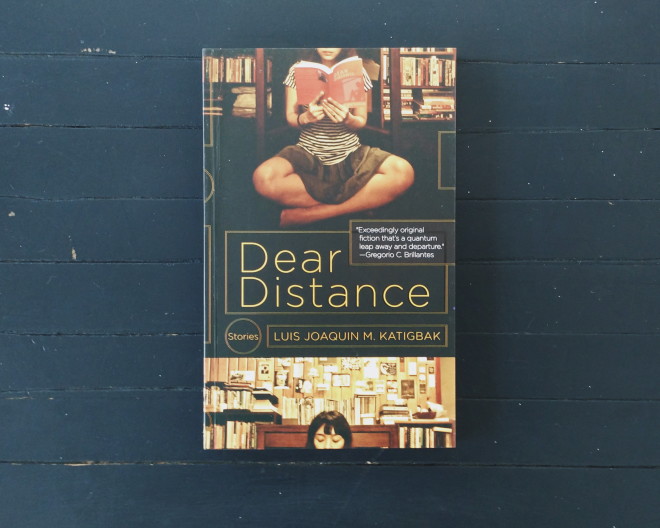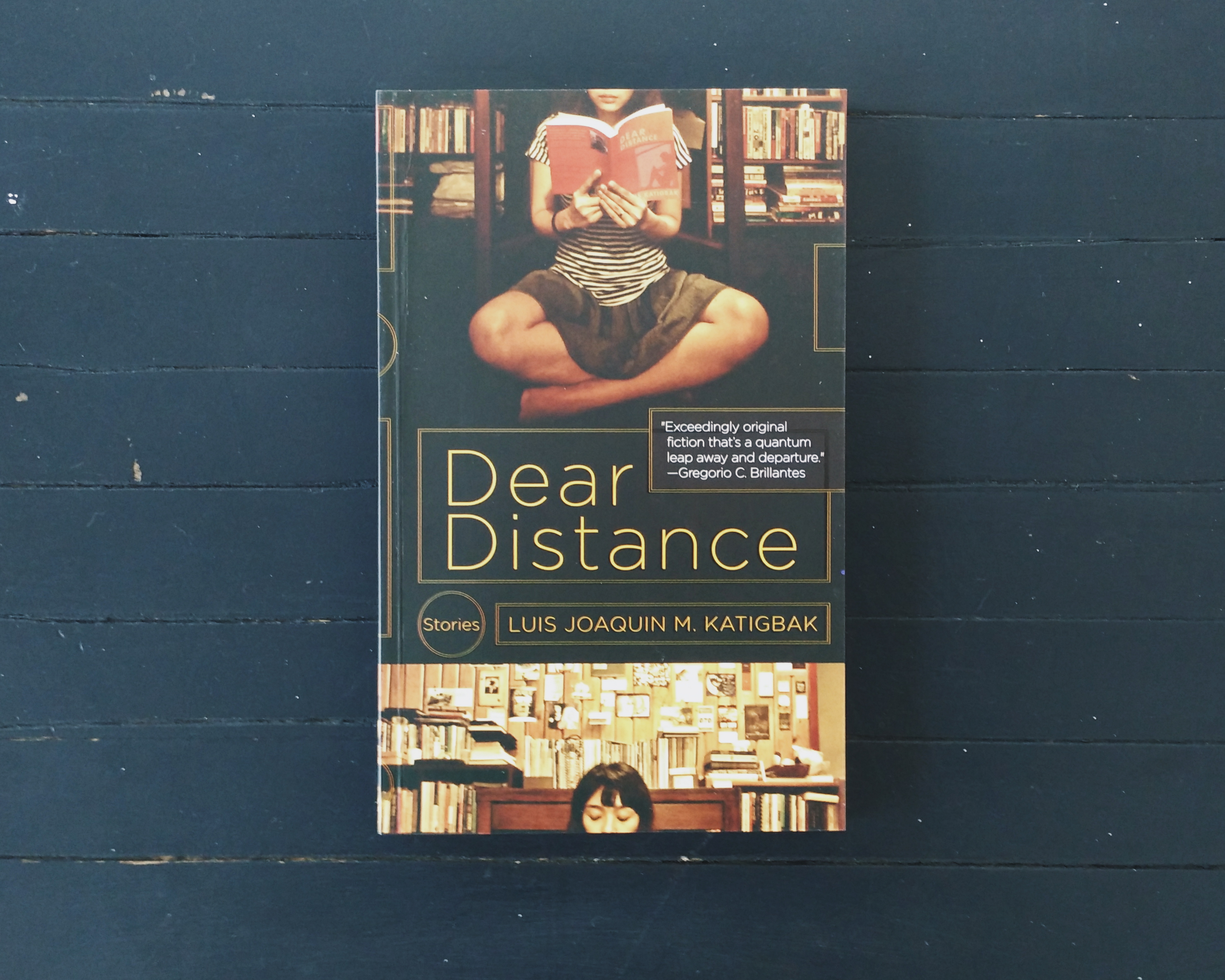
Luis Katigbak was only 41.
But writers never truly die, we are told. They are immortalized in every work they write, and reading their words off the pages keeps them alive for us.
Reading Katigbak’s works was like talking to him—as if you were just hearing how one of his days went. His stories never failed to liven the conversation, said Sarge Lacuesta one recent afternoon, when friends of Katigbak gathered to remember the well-loved author.
Mick Benedicto, Katigbak’s better half, told the audience the story behind one of the 20 short stories in Katigbak’s third book “Planetarium.”
Having missed a trip to the planetarium when Benedicto was in her grade school years, Katigbak didn’t want her to be denied the experience. In 2011, Katigbak rented the whole planetarium, which could accommodate about 60 children on a regular field trip, so they could watch together a thousand-year-old sky projected on a dome.
“I shared this memory with Luis in passing, possibly before we were dating, and had almost forgotten it,” she said.
“He definitely dug a memory in my past, a past to which he didn’t originally belong, and turned that disappointment into something else—something magical,” Benedicto pointed out.
Excerpts of his other short stories were also read aloud, among them “Afterlife with Astrid” (originally part of the 2015 “Fast Food Fiction Delivery”); “Tell me do, something true,” “Sabado, 1995” (printed first in Esquire’s Eraserheads issue); and “It’s not me”—carefully selected pieces with undertones of loss and grief, and the struggle of recovering.
Three books

“A writer so fine and dedicated as Katigbak had been taken from us, and it is a tragedy for all of us,” said Cristina Pantoja-Hidalgo, one of his editors.
“But another way of looking at it is that we were fortunate that he lived long enough to give us these three books, and his other works as journalist, columnist and editor,” she added.
Hidalgo recalled that, as a young storyteller, Katigbak’s stellar writing had angered his contemporaries because they felt that he was “deliberately showing off what he could do.”
She said this reaction devastated Katigbak; he cared that much about his writing and his readers. Eventually, these creative writing workshop fellows asked for a crash course on post-modern literature.
“They wanted to learn, they said; they wanted to be able to write like Katigbak,” said Hidalgo.
In “Dear Distance,” Katigbak played a chronicler of nostalgia and silence. He crafted childhood memories and raw dreams into surreal experiences, sinking readers into stories of introspection filled with questions often left unanswered—all with his trademark lucid and sophisticated command of English, the language dotted with eye-catching hyphenated words.

“‘Dear Distance’ was his last letter to the future that he saw so clearly,” said his publisher, Karina Bolasco, in a message.
“It is Katigbak’s third book, and I hear there’s so much more in his hard drive, in his Facebook account… So much that we can put together two to three more books,” added Lacuesta.
On the back cover of “Dear Distance,” Gémino Abad wrote: “Here, as we read, our hearts ache to recover all lost things!”
In Katigbak’s books, we continue to recover him.









































